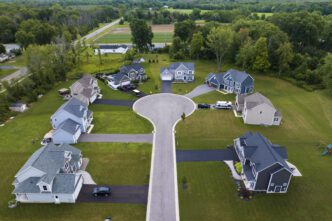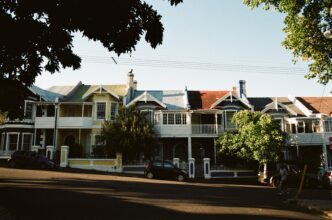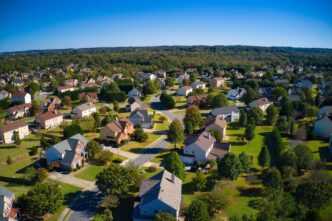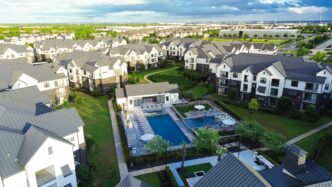As a chilly wind swept through downtown Moncton, a couple dedicated their time to assisting the homeless by distributing sandwiches, snacks, and water from the trunk of their SUV. This compassionate gesture highlights ongoing challenges as the city contends with a significant surge in homelessness and a rapidly growing population.
Moncton has experienced a population increase of 5.1 percent in the past year, largely driven by immigration, positioning it as the second-fastest growing city in Canada after Calgary. This growth has led to substantial demand for housing, causing vacancy rates to plummet to a historic low of 1.2 percent and rents to escalate by 40 percent over five years. The average home price has skyrocketed by 65 percent within the same timeframe, further straining residents.
The city’s expansion is visible everywhere, from construction cranes erecting new high-rises to overcrowded schools necessitating portable classrooms. Local businesses, especially those in the Asian and Southeast Asian food sectors, benefit from the multicultural influx, but the side effects of growth are evident in the escalating housing crisis.
Amidst this development, the number of individuals experiencing chronic homelessness has surged, outpacing other cities in New Brunswick such as Fredericton and Saint John. Moncton’s housing shortage has also placed immense pressure on support services, with many local shelters and organizations struggling to meet the escalating demand.
Efforts to provide more affordable housing are often hampered by community opposition, known as NIMBYism (Not In My Back Yard), despite provincial measures capping rent increases. The federal election campaign brings proposed solutions from various political parties, each presenting plans to mitigate the national housing crisis by easing housing costs and boosting construction.
While the housing sector faces challenges, Moncton’s cultural diversity is expanding, offering a more vibrant community. New businesses and multicultural establishments are emerging, providing a glimpse of the city’s evolving identity.
The Societal Shift
This rapid transformation in Moncton has significant implications for its residents and local economy. As housing becomes less affordable, financial strain intensifies for many, particularly those reliant on fixed incomes or social assistance. The increased cost of living could diminish the quality of life for some, leading to greater economic inequality and social tension.
On the flip side, the city’s growing diversity enriches cultural life, fostering new opportunities for community engagement and businesses. However, it also challenges the existing infrastructure, demanding more from public services, transportation systems, and education sectors.
As Moncton navigates these complex dynamics, effective strategies and collaborative efforts are crucial to ensuring sustainable growth that benefits all residents, balancing economic development with social well-being.








